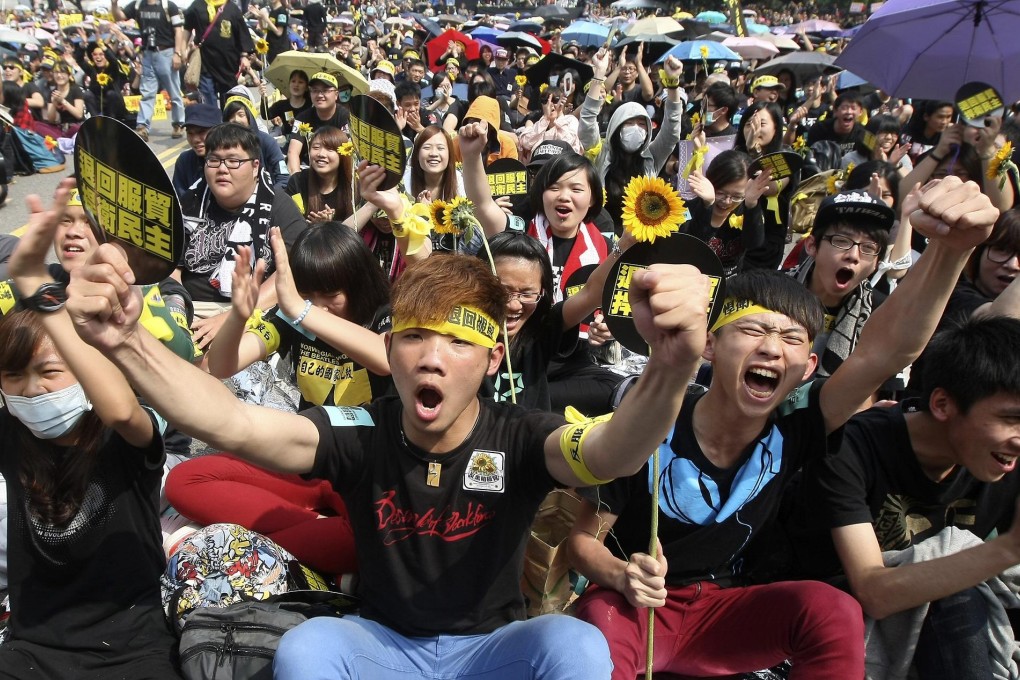Civil disobedience movements in Taiwan and Hong Kong similar, but goals differ
Civil disobedience movements in Taiwan and Hong Kong share common characteristics, but their ultimate goals are different.

Civil disobedience movements in Taiwan and Hong Kong share common characteristics, but their ultimate goals are different, as most Hongkongers are not seeking sovereign independence, pundits and Taiwanese opposition party officials say.
Despite the divergent goals, both regions are set to nurture a new political generation through movements well versed in using various means to pressure the authorities for future reforms.
In March, Taiwan witnessed a "sunflower movement" of students resisting what they feared would be an economic invasion from the mainland and asserting the island's sovereignty.
In contrast, Hong Kong's Occupy Central was not anti-mainland, but was demanding universal suffrage, a senior official of Taiwan's main opposition Democratic Progressive Party said.
"[Occupy] is more like Taiwan's protests in the 1980s and '90s, when the Taiwanese used various means, including civil disobedience, to fight for democracy," DPP secretary general Joseph Wu said yesterday.
The "sunflower movement" was opposed to the use of a cross-strait pact to free up the services trade sector as a means to unite the island with the mainland, he said. "People in Hong Kong are fighting for universal suffrage and more democratic reforms," said Wu, who headed the Mainland Affairs Council when the DPP was in power in Taiwan.